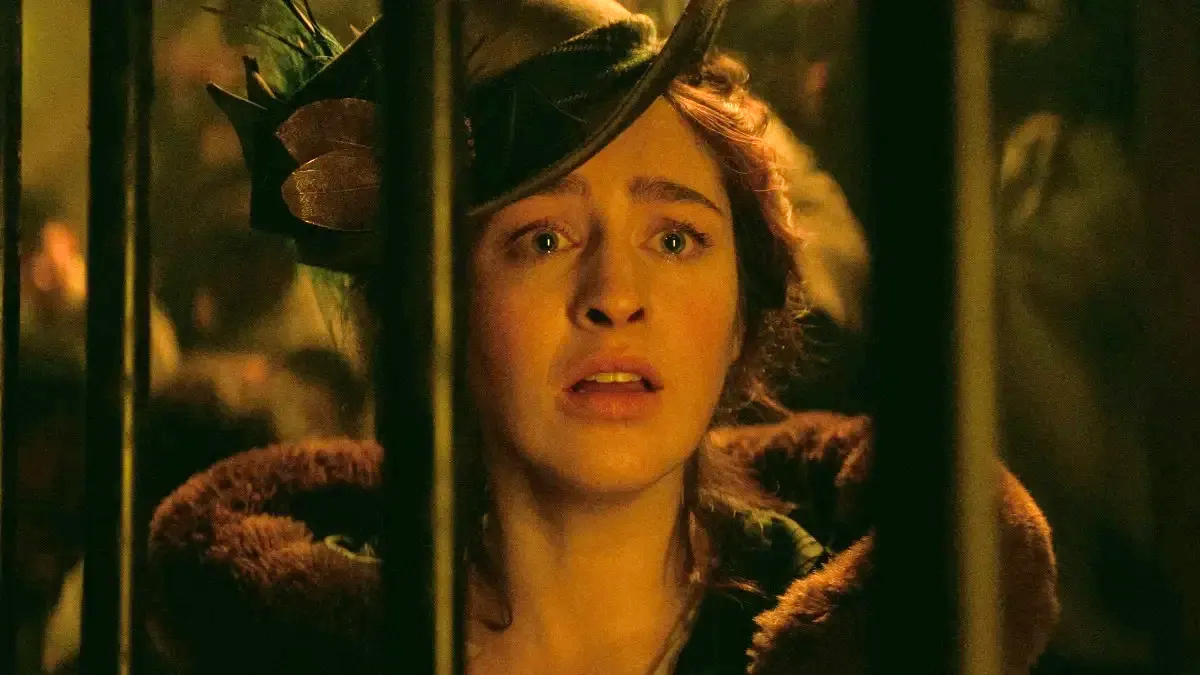The ever-swinging Netflix ax claimed its latest victim in mid-November, putting an official end to any hopes for Shadow and Bone‘s future.
The fantasy favorite was canceled on Nov. 15, almost exactly eight months after its second season aired. That season experienced unsteady viewership and a slight dip in reviews, but it was still among Netflix’s most popular March releases. It boasts a broad and passionate fanbase, and they’re not pleased with the streamer’s decision. Shadow and Bone certainly wasn’t a perfect show, but it was popular among viewers, and Netflix’s abysmal track record with fantasy adaptations is only cemented by the decision to ditch the Grishaverse.
In the wake of Shadow and Bone‘s cancelation, Netflix is pinning the blame on a believable — but unfair — culprit: The WGA and SAG strikes. The latter of these was only resolved a few weeks ago, in early November, and its impact will continue to be felt for months to come. But don’t make the mistake of believing Netflix when it tries to dodge accountability for its own missteps.
Netflix didn’t cancel Shadow and Bone due to the strikes
When word of Shadow and Bone‘s cancelation came down, the show’s fanbase was understandably furious. Many of us saw this cancelation written in the stars months ago, but the delay in announcing it kept hope alive for optimistic fans. All that optimism was tarnished when Netflix finally broke the news, and confirmed something we’ve known all along.
Netflix canceled Shadow and Bone for a number of reasons, but the strikes were — at most — minor factors. The streamer can claim that “impacts from the strikes” led to its cancelation all it wants, but we know the truth. It never had any real faith in Shadow and Bone in the first place — as evidenced by its butchering of the source material, rushed and overstuffed second season, and the trail of canceled fantasy favorites Shadow and Bone now joins — and it was looking for any excuse to pin this cancelation on. The strikes presented the perfect opportunity.
But fans aren’t fooled. They’re already taking to social media to blast Netflix and push back on its blame of the strikes. It’s already frustrating to see the streamer try to dodge responsibility for its own failings, but pinning the blame on the strikes is even worse. Netflix is trying to pit fans against hardworking people who were fighting for well-deserved improvements to their working conditions, and it’s honestly gross. Tell us the show was too expensive to make, tell us the viewership wasn’t there, even tell us you didn’t know where to go with season 3, but don’t try to make enemies of the SAG and WGA.
The real reason behind Shadow and Bone‘s premature end on Netflix is likely due to the show’s season 2 performance, paired with Netflix’s clear lack of faith in its fantasy properties. As it brazenly renews dozens of mid-level shows, many of which boast fanbases half the size of Shadow and Bone‘s, it constantly cuts our adaptations from its lineup. Its too common to be a coincidence, at this point.
Shadow and Bone was also expensive to make — despite those occasionally kitschy costumes and reused sets — and with dipping viewership and a clear lack of cohesive vision, Netflix had a laundry list of reasons to cancel the series. Its decision to pin the blame on the strikes, rather than taking accountability for its own failings, may just be the nail in the coffin for fantasy fans.

